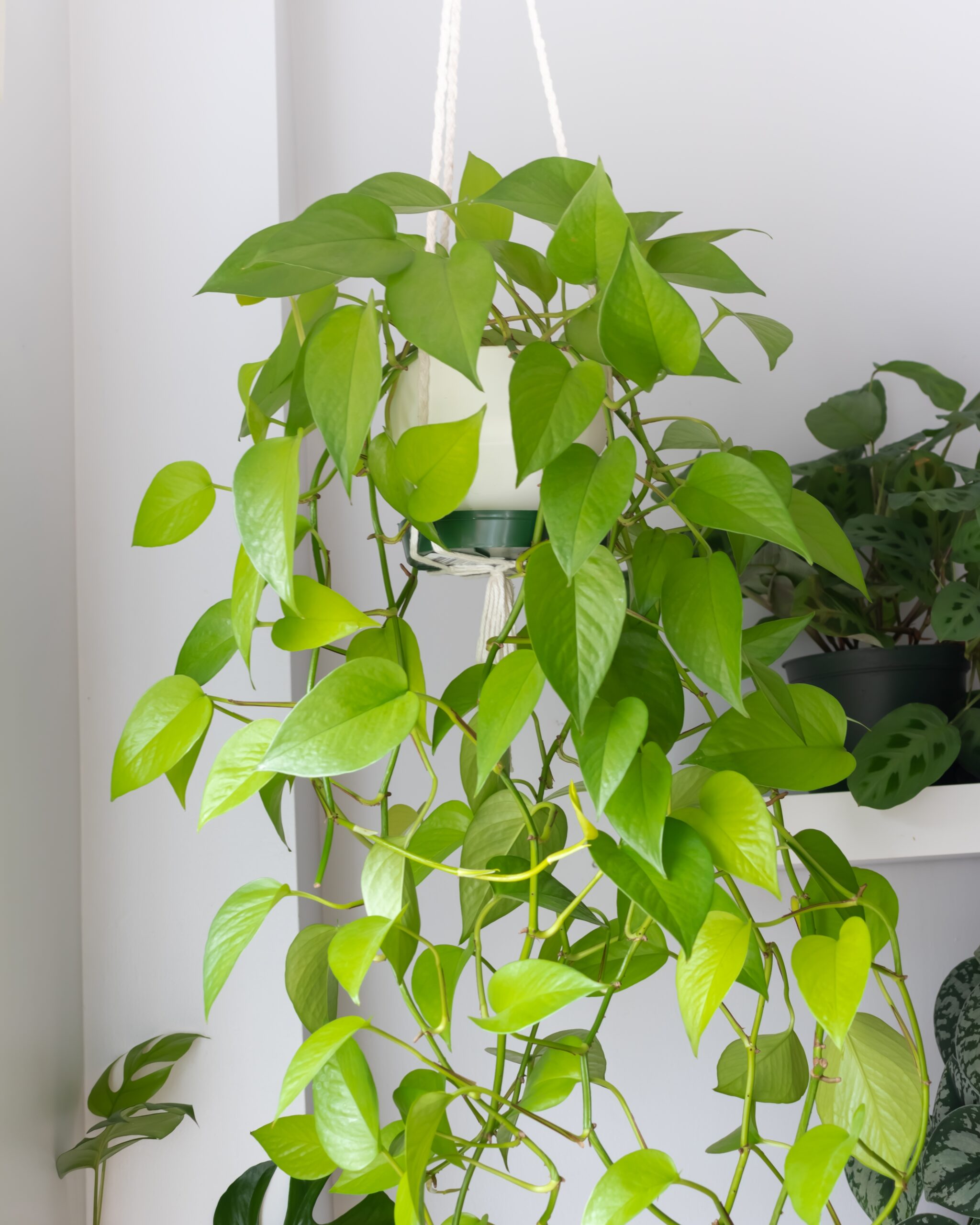“Everything good, everything magical happens between the months of June and August.” —Jenny Han
All year long we patiently await the prime growing season. When the garden transforms and the gardener must rise to the challenge of meeting mother nature, with labors of love. They are substantial but fill you with life and vigor. At least this is how we here at Emerson Wild see it. And while we’d all want summer to last forever, the months march on; as do the gardens. Therefore, we present our Summer here at Emerson Wild. A Month to Month review of our own lists in the garden. Join us in making the most out of this beloved season.
JUNE
By the first day of Summer, we are in full swing in our gardens. Following the final frosts for the year, in mid-to-end of May we begin our tender planting. Within the first few weeks of this month, believe it or not harvesting of cold tolerant vegetables can begin. The final notes of Spring leave us and are replaced with the anticipation for the hottest times of the year.
WHAT WE ARE PLANTING
– Vegetables that were missed in May including but not limited to: snap beans, zucchinis, beans, corn, pumpkins and other members of the squash family and watermelons.
– Additionally we add cucumbers, eggplants, tomatoes, peppers, muskmelons, and sweet potatoes at the beginning of the month. These are more sensitive to the cold and grow rapidly in the warm soil and daily temperatures. You may be tempted to plant sooner out of a fear of not having a speedy harvest, but rest assured you will see expedited growth if you hang off to the beginning of this month.
– Flowers like Echinacea, Heliopsis, Hibiscus, Columbine, Sunflowers, Cosmos and Cleos. Some flowers we plant in an attempt at a “second round” of blooms for the end of summer, others grow faster in warmer soils with matching temperatures as the above vegetables
THE DAILY LIST
– Attentive and careful watering. June can be varied for rainfall. As many plants are going to be in active, vigorous growing during this time, and putting out flowers, ensure your garden is well-watered. Create a routine (we love morning walk-throughs in the garden while our coffee is brewing, or a twilight peruse, checking on watering and providing drinks where needed).
– A minute of weeding, really, truly does wonders. As with watering, build it into the daily doings and you’ll be happy to nip weeds in their literal buds, without ever feeling overwhelmed. In the beginning of the season if you establish the routine, you’ll be prepared for when the growth of weeds really picks up.
– Survey flowering plants (your fruit and veg) carefully over the coming weeks and pay attention to developing fruits to ensure they’re picked at ideal times.
BY THE END OF THIS MONTH
– Prioritize supports. From stakes to soft lines for vining plants like cucumbers and peas. Focus on heavy-fruited plants like eggplants, tomatoes and peppers. While they may not have the largest fruits (botanically speaking majority of “vegetables” are the fruits of the plants, anything that grows from a flower is technically a fruit), intense weather conditions like wind and rain could be detrimental to your plant, unless otherwise supported.
– Think about successive planting. At the end of the first month of summer, some of our more cold-tolerant plants will make room for a second round of planting. Here, you can consider shorter-seasoned plants like kale, spinach, beans etc.
– Keep an eye out for pests. Populations will begin to build quickly and aggressively when it gets hot and dry. Therefore, look to developing fruit, the tops and bottoms of leaves and along their margins.
A note from Julie: Did you know that one of the best preventative measures against pests actually has to do with the soil? Poor soil health can in turn weaken your plants and therefore act as a beacon for various pests including the much-disliked aphid. Keep this in mind at the beginning of the seasons, prior to planting and either supplement your soils with hearty composts or swap soils in smaller spaces like raised beds and containers.
JULY
Usually, it’s hot. And when it’s not hot, it’s thunderstorming. Generally speaking. July can be tumultuous and it can feel like this is when we’ll see the extremes of the year. But, it very much varies year to year. This variability simply means staying on your toes and pivoting accordingly.
THE DAILY LIST
– Continue weeding daily when possible. Should you find a larger weeding is necessary, plan to work after a rainfall. The ground will be softer and it will be easier to remove weeds.
– Harvest daily. Investigate thoroughly as when certain plants get large, finding the bounty can be difficult. There are sweet spots, quite literally in some cases for a good ratio between size and taste. Ensure you’re harvesting at ideal times.
– Experiment with your harvest, research new recipes, try new things with your favourites. And when you have too many zucchinis, we love this recipe.
– Pick, cut and prepare beautiful bouquets of fresh flowers. Extend your gardens indoors with floral arrangements that become impactful sources of joy. And should you want to just enjoy your flowers in nature, see the next point.
– As your flowering plants flower, attend accordingly. This will either be dead-heading or cutting them all the way down their petiole or “individual stem”. We like to cut all but a few. Let 1-3 “seed” which basically means that they’ll “fruit” and so that you can then harvest seeds throughout the summer .
WHAT WE ARE PLANTING
– Successive planting of beets, carrots, lettuces, herbs like basil, spinach, and other shorter-season crops. Here, you’ll want to research your first frost date in the Fall and work backwards to ensure you’ll have roughly enough time in your summer.
BY THE END OF THIS MONTH:
– Ensure remaining vegetables and flowers have been staked and supported as needed.
– Take care to ensure that heavy foliage plants like zucchini and tomatoes are still receiving good airflow, sometimes the former will require the removal of lower leaves to keep the main stem accessible or removing “suckers” in tomatoes.
– Mulch where needed. We mulch for water capturing and retention, weed control and for moderating temperatures.
– If you’re growing potatoes, mound the plants when they are anywhere from 8-12 inches tall to prevent your tubers from greening. We like to cover the plants from either side until just the top leaves are showing. This increases the tubers overall area and allows for a bigger and better harvest.
AUGUST
THE DAILY LIST
– Begin your own your seed collections. As various flowers from flowering plants, fruits and vegetables begin to fruit and seed, harvest, dry and place them in sealed envelopes or glassware, with appropriate labels. We love using card collecting binders. Generally, 1 to 2 of your “fruits” will suffice for a hearty planting the next year.
Julie says, “remember, your garden is your own isolated micro-climate. By saving flower seeds and any seeds for that matter, you’ll be on your way to creating your own heirloom varieties. And there’s just something so special to that”.
– Consider what you’ll do with excess of your harvests. Again, look to time-tested techniques like canning, jamming and pickling. Or try something new with drying or dehydrating. We also love the idea of harvest gifts. Rather than bringing a bottle of wine to your next summer get-together, consider wrapping up some fresh herbs, putting together a bouquet, or packing up some extra vegetables for your host/hostess.
– Be sure to provide good soaking when needed. Especially if rainfalls aren’t supplementing water requirements.
WHAT WE ARE PLANTING
– Depending on what you’re growing, some harvests this month will leave bare spaces in your garden. We therefore plant cover crops. Cover crops aren’t usually edible; rather beneficial for the overall health of your garden soil. Consider cover crops like: clovers, mustard, hairy vetch, rye grass and fava beans. Simply sprinkle seeds around and allow them to grow in.
– Autumn cabbages, collards, lettuce, arugula and French radishes
BY THE END OF THIS MONTH
– Select and plan your bulbs for Fall planting Read more about Planting Spring Bulbs (in the Autumn) for the first salute to Spring next year.
– Look indoors before the Fall and repot any houseplants outside to avoid having to tidy excessive messes.
– Turn and aerate your compost piles and heaps. Turning allows for even decomposition and avoids “cooking” where top layers begin to dry out completely. Prepare your compost for Fall cleanups and use our End of the Season Gardening Checklist to make sure you haven’t missed something!
– Don’t forget about your lawn! Seed, fertilize and repair as needed. If you have clippings, leave them in your lawn to return nitrogen back into the soil.
A summer at Emerson Wild may be busy, but we remind you to also take moments to soak it all in. It’s a time to reconnect with nature and enjoy all that it has to offer in your home and gardens. Also, we’d love to connect, if you don’t already, be sure to follow us on Instagram and Pinterest! Looking for more reading and inspiration on all things home, gardening and lifestyle? Check out the The Wild Blog.



